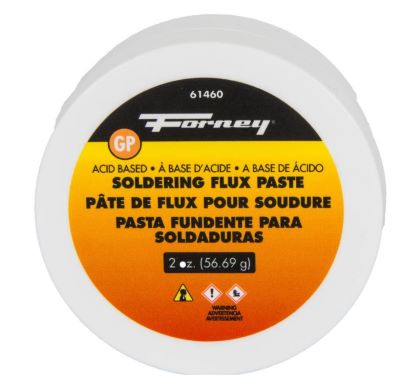Anyone have any tips on how to keep solder from wicking down the shunt wires towards the brushes? I have heard a small drop of oil on the shunt will stop it but am not convinced.
Shunt wiring tips
#1

Posted 25 February 2021 - 04:09 PM
#2

Posted 25 February 2021 - 04:18 PM
Try crimping it with pliers while you solder it. I wouldn't do oil as even a small amount of burnt oil leaves a hideous black mark.
- philk likes this
#3

Posted 25 February 2021 - 04:46 PM
I use oil and a small reverse heat sink tweezer clamp (Radio Shack, remember those?) to keep it from wicking. My fat fingers make it tweezer work.
- philk likes this
#4

Posted 25 February 2021 - 04:53 PM
Basics... use less flux and less solder.
Use something (alligator clip, hemostat, pliers, etc.) as a heatsink just on the side of where you're soldering as the wire goes towards the brush. That ought to help, too.
- Rotorranch and philk like this
Alleged amateur racer.
Mostly just play with lots of cars.
Able to maintain slot cars with a single bound.
Faster than a speeding Womp.
More powerful than a 36D.
#5

Posted 25 February 2021 - 04:56 PM
Hemostats...
Rotor
- SpeedyNH and philk like this
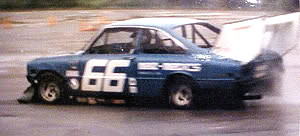

"Kinky Kar"
#6

Posted 25 February 2021 - 06:55 PM
Liquid white-out and graphite are two items that will stop the flow of solder. I've used Mike's "... less flux and less solder." Soldering shunts since the early '70s. I've never filled one with solder that had to be replaced. If you're careful how you wrap and attach the shunt wires at the buss bars, you won't either.
- Rob Voska and mreibman like this
I intend to live forever! So far, so good.
#7

Posted 25 February 2021 - 07:16 PM
ATF.
- Bill from NH likes this
Paul Wolcott
#8

Posted 26 February 2021 - 12:58 PM
I've never used any kind of solder stop on the shunt.
Over the jillion motors I put together from 1982 to about 2006, the best technique for me is acid flux.
Use a tiny bit, applied with a fine tip brush.
The iron should be set to a fairly hot heat, but most important, apply lots of solder on the tip.
All that solder will transfer the heat the most effectively, which will allow you to get it done in a second or less.
When you are done, immediately wipe the whole area down, with a wet, soapy cloth, to of course, neutralize the acid.
- team burrito, tonyp, Phil Smith and 1 other like this
Mike Swiss
Inventor of the Low CG guide flag 4/20/18
IRRA® Components Committee Chairman
Five-time USRA National Champion (two G7, one G27, two G7 Senior)
Two-time G7 World Champion (1988, 1990), eight G7 main appearances
Eight-time G7 King track single lap world record holder
17B West Ogden Ave., Westmont, IL 60559, (708) 203-8003, mikeswiss86@hotmail.com (also my PayPal address)
Note: Send all USPS packages and mail to: 692 Citadel Drive, Westmont, Illinois 60559
#9

Posted 26 February 2021 - 01:08 PM
I have had good luck doing it exactly the way Mike does but so far I've gotten away with using paste flux. However, there is no doubt in my mind that acid flux is the absolute king of soldering.
- MSwiss and Bill from NH like this
Rick Thigpen
Check out Steve Okeefe's great web site at its new home here at Slotblog:
The Independent Scratchbuilder
There's much more to come...
#11

Posted 26 February 2021 - 03:11 PM
Yes, the acid flux seems to give me that little bit extra oomph, to get it done quickly.I have had good luck doing it exactly the way Mike does but so far I've gotten away with using paste flux. However, there is no doubt in my mind that acid flux is the absolute king of soldering.
I literally just tap it.
I forgot to add I would tin the surfaces on the hoods, with acid, and thoroughly clean them before I glued them on to the bare endbell.
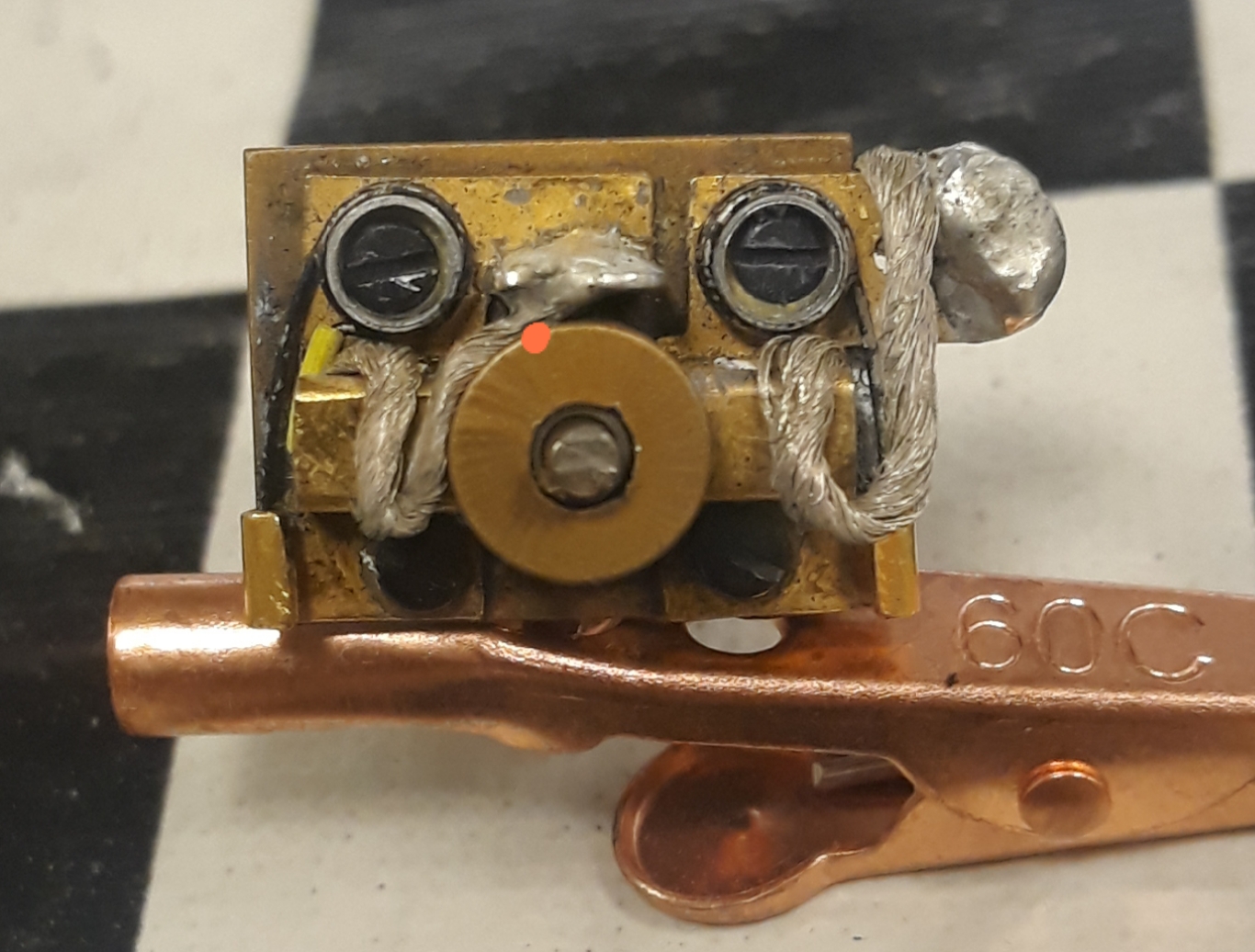
I was spending a good portion of my weekends, from 87-92, in life and death struggles with Paul Pfeiffer and Jon Laster, so I was constantly restuffing motors.
There's many ways to run your shunts, but this was the best way I found to reuse them as much as possible.
The back shunt was the trickier one to install, because of the design, and that you were always soldering on top of it.
This motor is probably 18-20 years old.
The orange dot shows very little wicking down under the tab.
That's just solder on the front tab, for the lead wire.
The shunt wire is soldered on the back side
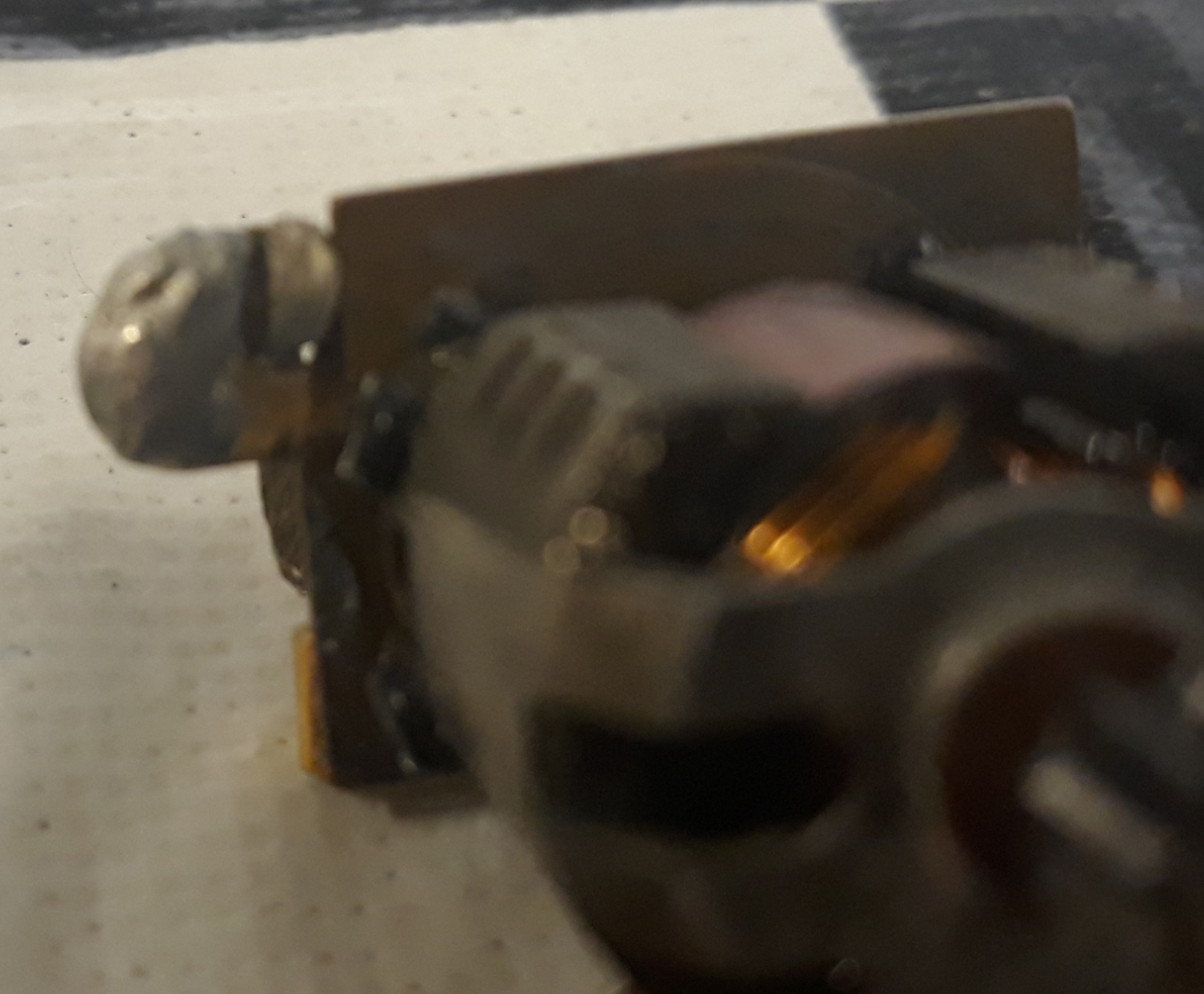
The wire is threaded and looped through the hole, and soldered.
You just barely touched the front of the wire, with the flux brush, tap it with a tip full of solder, and you were done.
Note, no wicking around the backside of the hole, and where it loops around to the front.
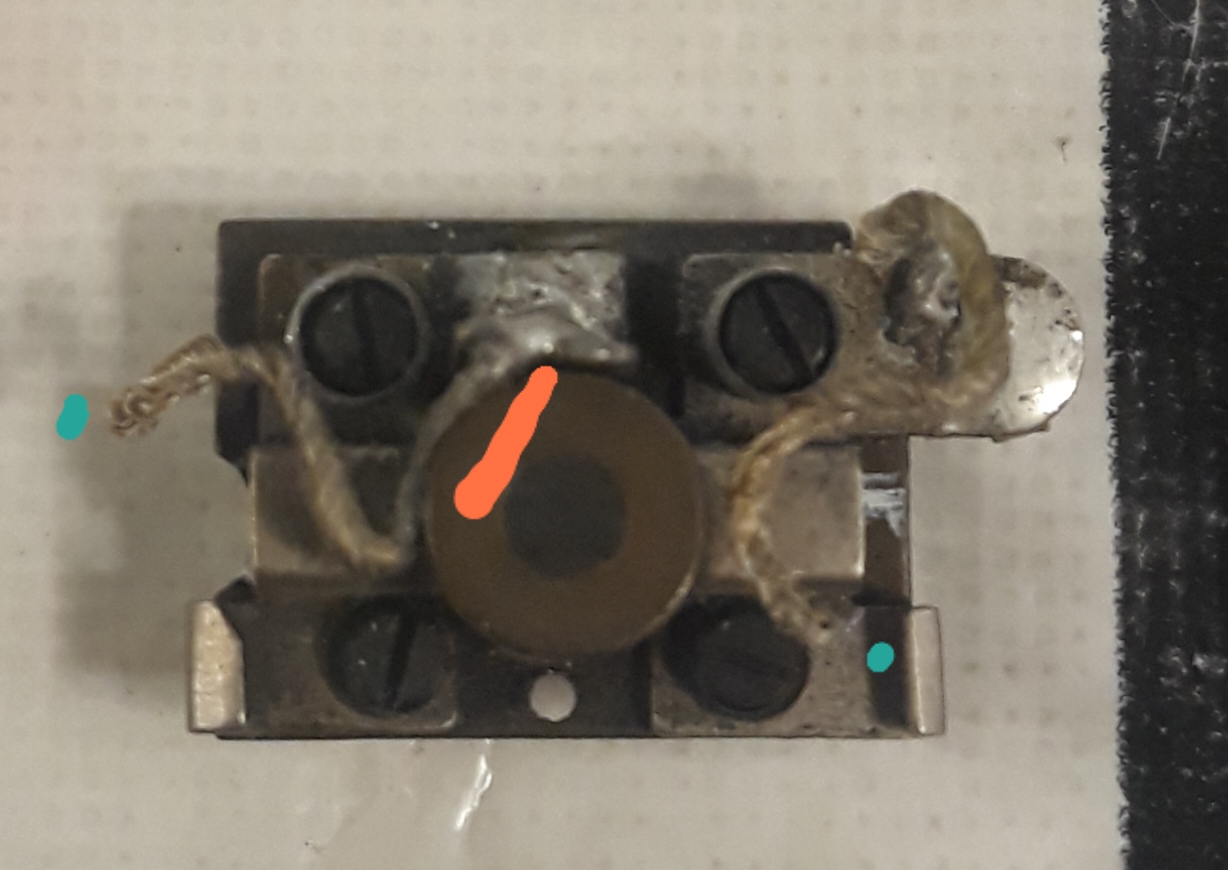
The turquoise dots show how the end aren't frayed.
That's because the wire is folded and doubled up.
There is better looking shunt wire, that is braided, but this worked best for me, with doing a lot of racing.
The orange line shows the solder wicked down further than the last motor, but with the multiple bends it was still very usable.
IOW, no chance of hanging up the brush
- jimht, Phil Smith, philk and 2 others like this
Mike Swiss
Inventor of the Low CG guide flag 4/20/18
IRRA® Components Committee Chairman
Five-time USRA National Champion (two G7, one G27, two G7 Senior)
Two-time G7 World Champion (1988, 1990), eight G7 main appearances
Eight-time G7 King track single lap world record holder
17B West Ogden Ave., Westmont, IL 60559, (708) 203-8003, mikeswiss86@hotmail.com (also my PayPal address)
Note: Send all USPS packages and mail to: 692 Citadel Drive, Westmont, Illinois 60559
#12

Posted 24 March 2021 - 08:26 AM











